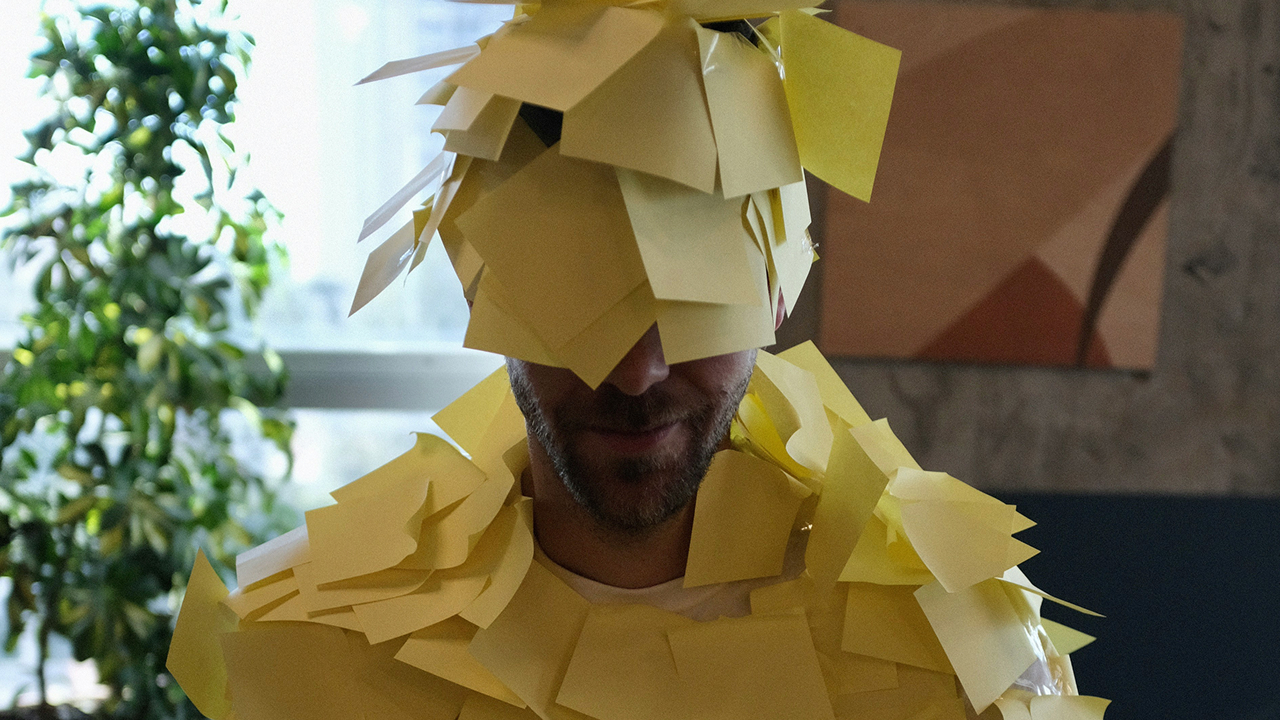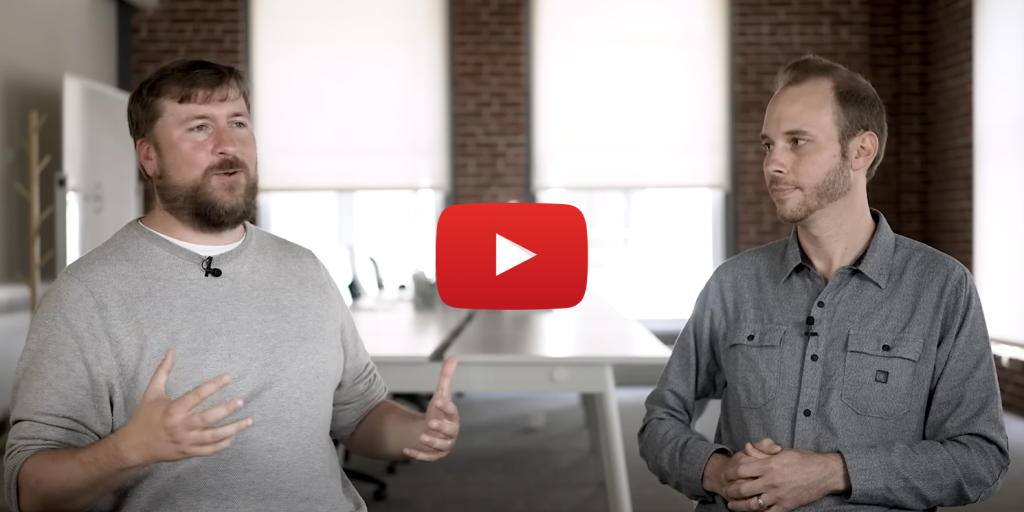
Glance at your phone or laptop and you’ll probably spot a small graveyard of “productivity” apps—each one downloaded with fresh hope, then quietly abandoned within weeks. It’s not laziness; it’s friction.
The sleeker these tools become, the more hoops they make us jump through: new tags to learn, new boards to maintain, new rituals to obey. The result? More time arranging the work than doing it, and a creeping sense that the software is steering the day instead of you.
Why do polished task lists, bullet-proof planners, and AI-powered dashboards so often collapse into clutter while a sticky note, notebook, or plain text note soldiers on? The answer starts with a simple truth: most tools ask your brain to adapt to them—when it should be the other way around.
The Quiet Rebellion Against “Productivity”
Open any app store and you’ll find hundreds of list-makers, kanban boards, and task apps promising control over your life. Yet talk to real people and you’ll hear a familiar confession:
“Honestly, I’m back in Apple Notes (or a text file, or a paper notebook).”
It isn’t laziness. It’s self-defense. Most productivity software asks you to translate every thought into someone else’s schema—status fields, labels, backlog columns, “proper” hierarchies. In the short term it feels organized; in the long term it siphons energy just to keep the machine fed.
What the Research Says
| Psychological Lens | How traditional tools go wrong |
| Mental-model Mismatch | When an interface clashes with a user’s internal sense of how work should flow, errors and frustration spike. The Nielsen Norman Group’s article “Mental Models and User Experience Design” (2023) calls this gap “one of the biggest dilemmas in usability.” Nielsen Norman Group |
| Extraneous Cognitive Load | Cognitive-load theory warns that irrelevant structure drains working-memory resources needed for real thinking. Skulmowski & Xu’s “Understanding Cognitive Load in Digital and Online Learning: A New Perspective on Extraneous Cognitive Load” (Educational Psychology Review, 2021) shows how interface overhead creates task-irrelevant load that competes with the actual work. SpringerLink |
| Cognitive Offloading Economics | People will park information in an external system only if retrieval and update costs stay low. Sachdeva & Gilbert’s “Intention Offloading: Domain-General versus Task-Specific Confidence Signals” (Memory & Cognition, 2024) found that we abandon sophisticated reminders the moment they demand more effort than they save. psyarxiv.com |
Put simply: the instant a tool forces your brain to contort, the ROI collapses and you revert to the simplest medium available.
Enter Spatial Work Platforms
A Spatial Work Platform (SWP) flips the productivity paradigm by treating information the way your brain already does—as a flexible landscape, not a rigid filing cabinet. Here’s why that matters:
| Typical Productivity Tool | Spatial Work Platform |
| Linear lists & nested folders Force every thought into a predefined slot. |
Infinite canvas Zoom out for the big picture, zoom in to focus—like Google Maps for your head. |
| High capture friction & context fragmentation Each idea demands clicks, fields, and categories—then gets siloed in a separate “notes,” “tasks,” or “files” module. |
Effortless capture & instant spatial context Type, dictate, or drag anything onto the canvas in one motion; its position, color, and nearby items instantly give it meaning—no forms, no folders, no extra steps. |
| Context fragmentation Separate modules for tasks, docs, and files mean constant tab-switching. |
Spatial clustering Proximity, color, and grouping create context visually—no extra metadata needed. |
| Mental-model mismatch You adapt to the tool’s workflow. |
Brain-first design The tool adapts to how humans naturally remember: by where something lives in space. |
Because SWPs mirror spatial memory and allow structure to emerge organically, they sidestep the cognitive overhead that sinks traditional productivity apps. You spend less time feeding the system and more time thinking, creating, and moving work forward.
Brad Flora’s Outsider Proof-point
YC partner Brad Flora summed up the pain better than any white paper:
“I always find that [traditional] productivity tools impose some other person’s way of thinking onto my brain in a way that is distracting, painful, and disorienting.”
Flora’s discomfort echoes the research above: mismatched models + overhead = abandonment. His advice—“It’s okay, stick with Notes or spreadsheets”—isn’t a rejection of tools; it’s a plea for software that doesn’t get in the way.
Spatial Work Platforms answer that plea. They keep the cognitive overhead near zero while still giving you the power to clear your head, quickly and easily, and choose when to put something into action.
Life on the Other Side With Spatial Work Platforms
- Capture First, Organize Later
Capture your thoughts, ideas, aspirations, and tasks without friction; Sorting and organizing can wait until later. - Visual Spatial Mental Model
You remember where a thought lives on the canvas, so retrieval is instant. - Grow Organically
Rearrange and cluster related items as patterns emerge; elevate any rough idea into an actionable project when you decide it’s ready. - Stay Fluid Across Devices
Voice, text, or file captures from phone, tablet, or laptop land on the same shared canvas in real time—so your workspace follows you, not the other way around.
The Bottom Line
Productivity tools suck when they force you to think like a database. Spatial Work Platforms succeed because they let the software think like you. SuperDump is built around that principle—reducing extraneous load, honoring your mental model, and making cognitive offloading effortless.
Ready to experience a tool that works WITH your brain? The public beta of SuperDump will be available this summer.
